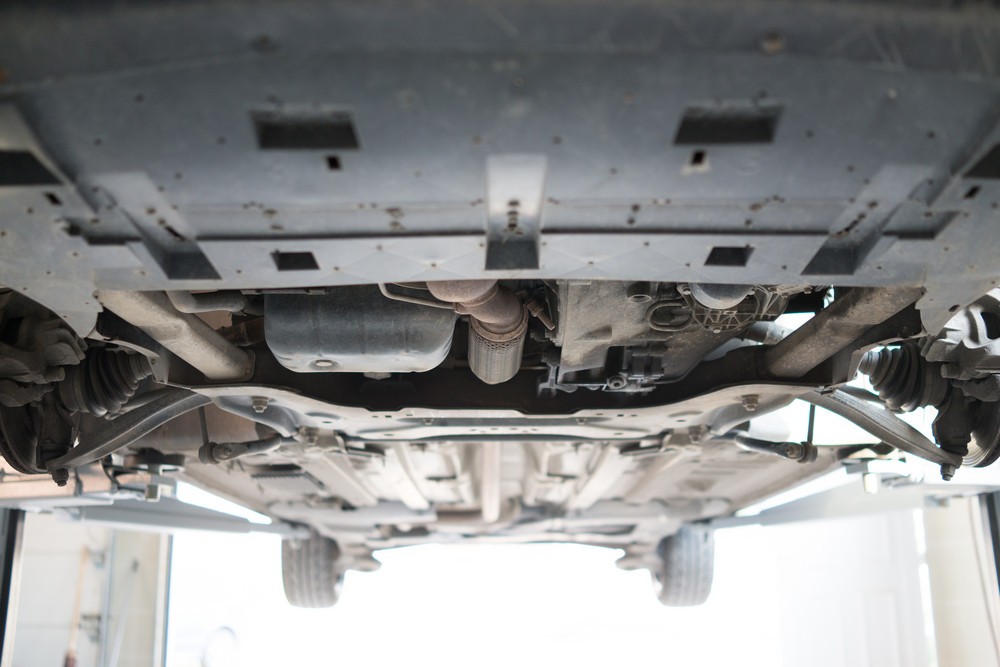It’s an unfortunate reality for drivers: vehicle breakdowns are surprisingly common. Statistics show that a significant portion of drivers will face a car malfunction each year, leading to considerable inconvenience and potential stress. When your car starts acting up, understanding how a mechanic pinpoints the problem can ease your worries and help you appreciate the process. So, what do mechanics do to run diagnostics on your car? The answer involves a systematic approach, combining driver insights, hands-on testing, and advanced technology. Let’s delve into the methods professional car technicians use to accurately diagnose what’s ailing your vehicle.
Gathering Information: The Driver’s Symptom Details
The diagnostic journey often begins with a conversation. A skilled mechanic understands that your experience as the driver is crucial. They’ll start by asking detailed questions to gather a comprehensive understanding of the symptoms your car is exhibiting. This isn’t just a casual chat; it’s a structured information-gathering process. Mechanics will inquire about when the issue arises – is it during cold starts, highway driving, or specific weather conditions? They’ll want to know about any unusual sounds like knocking, hissing, or grinding, as well as vibrations or warning lights appearing on your dashboard. Crucially, they’ll ask about any recent changes, such as recent maintenance work or modifications, that might be related to the problem. These details act as initial clues, helping mechanics to narrow down the potential causes before they even look under the hood.
The Insight of a Test Drive
While driver descriptions are valuable, nothing replaces firsthand experience. A test drive is an indispensable step in the diagnostic process. By getting behind the wheel and operating your car, the mechanic can directly experience the symptoms you described. This allows them to corroborate your observations and often detect subtle cues that might be missed otherwise. During a test drive, a mechanic will be attuned to sounds, vibrations, and the car’s overall performance under various driving conditions. They might pay attention to how the car accelerates, brakes, turns, and handles, listening for noises and feeling for unusual sensations that can provide critical insights into the problem’s origin. This real-world assessment, combined with your initial symptom details, forms a solid foundation for further diagnosis.
Utilizing On-Board Diagnostics (OBD2) Systems
Modern vehicles are equipped with sophisticated on-board diagnostic systems, and mechanics leverage this technology extensively. The OBD2 port, usually located under the dashboard, is the gateway to your car’s computer. Mechanics use professional scan tools, which connect to this port, to access a wealth of diagnostic data. These systems constantly monitor various vehicle operations and record diagnostic trouble codes (DTCs) when they detect issues. When you see a “check engine light,” it’s often because the OBD system has flagged a problem. The scan tool retrieves these codes, which are essentially pointers to specific sensor malfunctions, circuit problems, or component failures. OBD2 scans are particularly useful for identifying hidden electrical issues or problems with sensors that might not be immediately apparent through visual inspection alone. This digital diagnostic step is a cornerstone of modern car repair.
Intensive Inspection of Mechanical Components
 Mechanic using a scan tool to diagnose car problems
Mechanic using a scan tool to diagnose car problems
Beyond technology, a mechanic’s expertise truly shines in the methodical inspection of your car’s mechanical components. This hands-on approach involves a detailed examination of critical systems such as the engine, transmission, braking system, exhaust, belts, hoses, and steering. Mechanics are trained to spot subtle signs of trouble, looking for leaks of fluids, unusual wear and tear, corrosion, cracks, or damage to parts. They might check the condition of belts and hoses, examine brake pads and rotors, inspect suspension components, and listen to the engine’s sounds for irregularities. This intensive visual and tactile inspection helps to uncover problems that might not trigger electronic codes but are nonetheless causing performance issues. By meticulously checking these components, mechanics can often catch problems in their early stages, potentially saving you from more extensive and costly repairs down the road.
By combining these diagnostic methods – detailed questioning, test drives, OBD2 system scans, and thorough mechanical inspections – mechanics are equipped to efficiently and accurately pinpoint the root cause of your car troubles. This comprehensive approach ensures that they can provide effective repairs, saving you time, money, and frustration. If your car is showing signs of trouble, don’t hesitate to consult a qualified mechanic who can expertly diagnose and resolve the issue, getting you back on the road with confidence.
